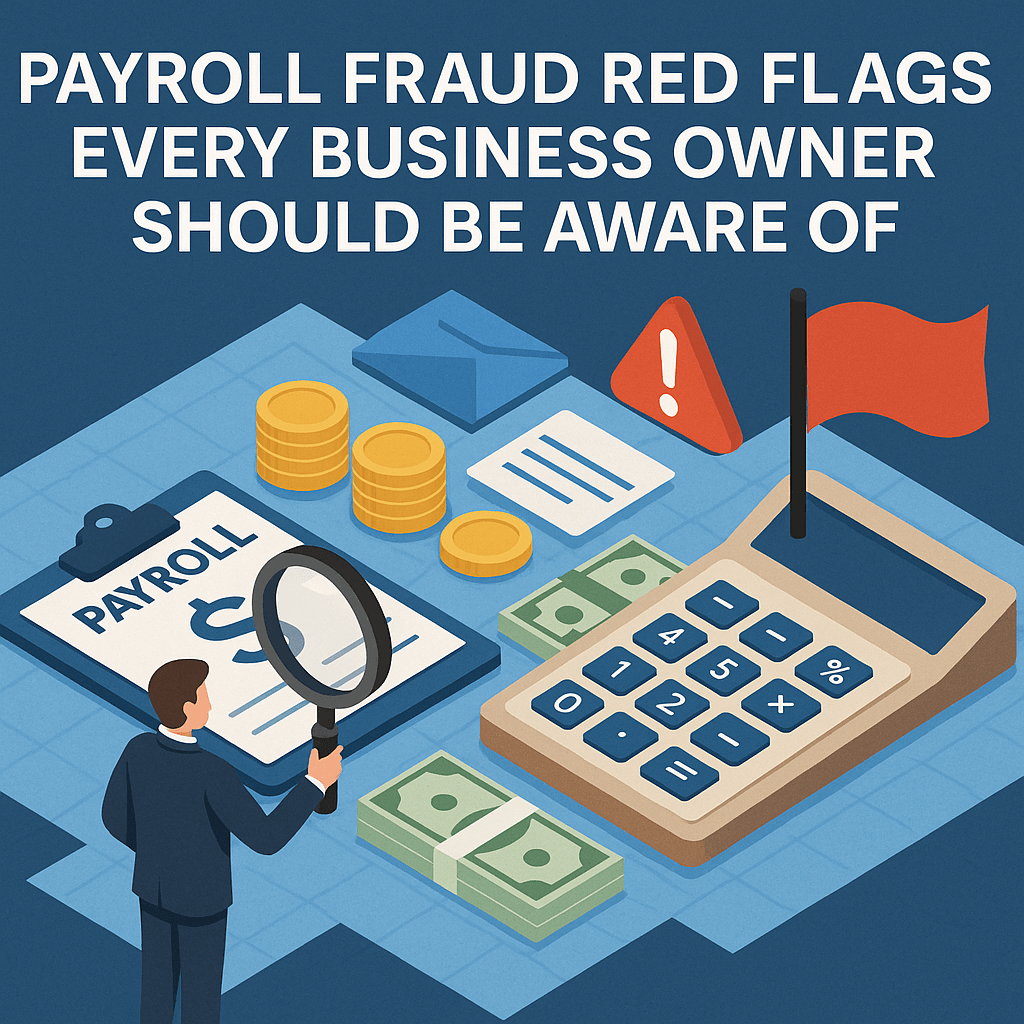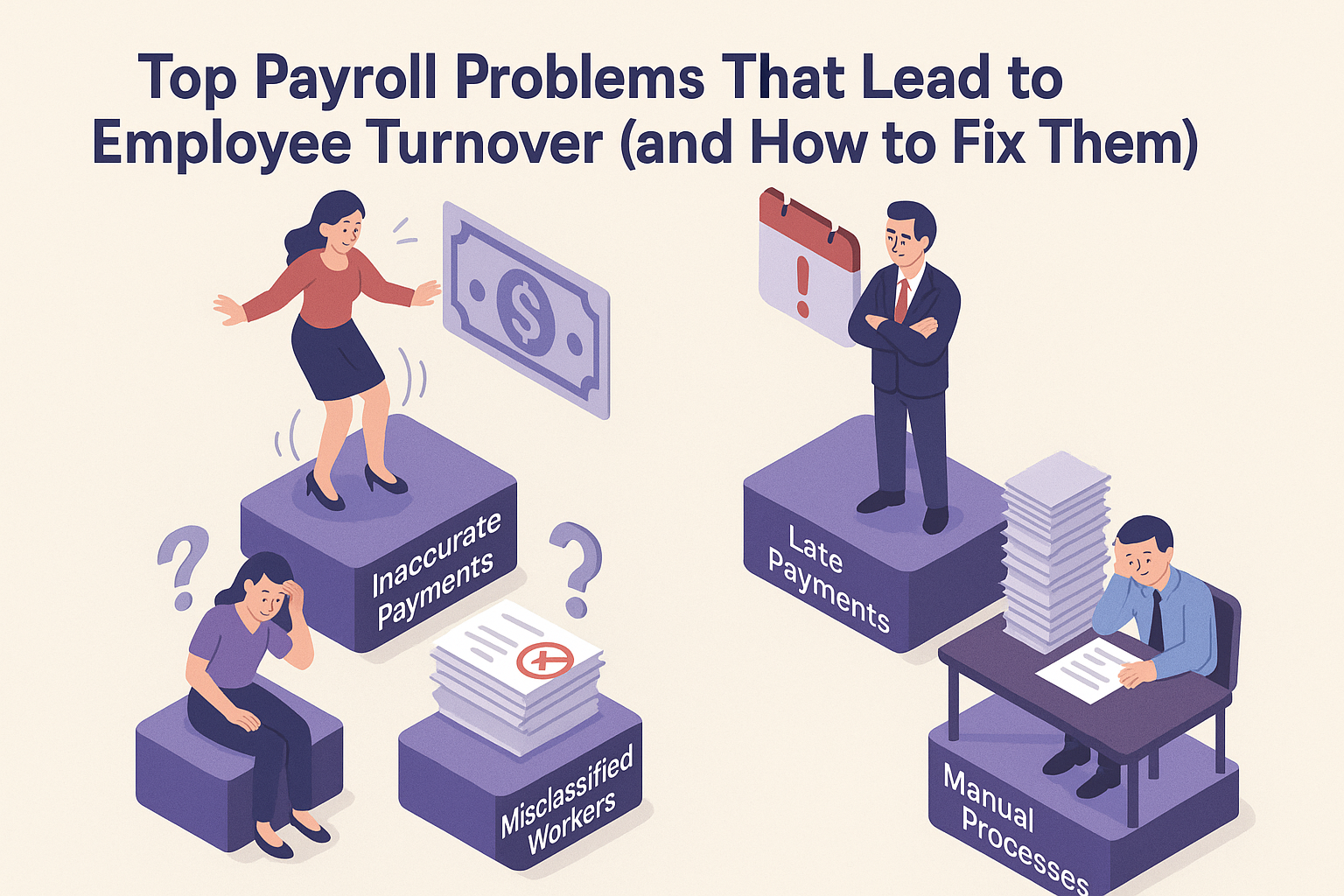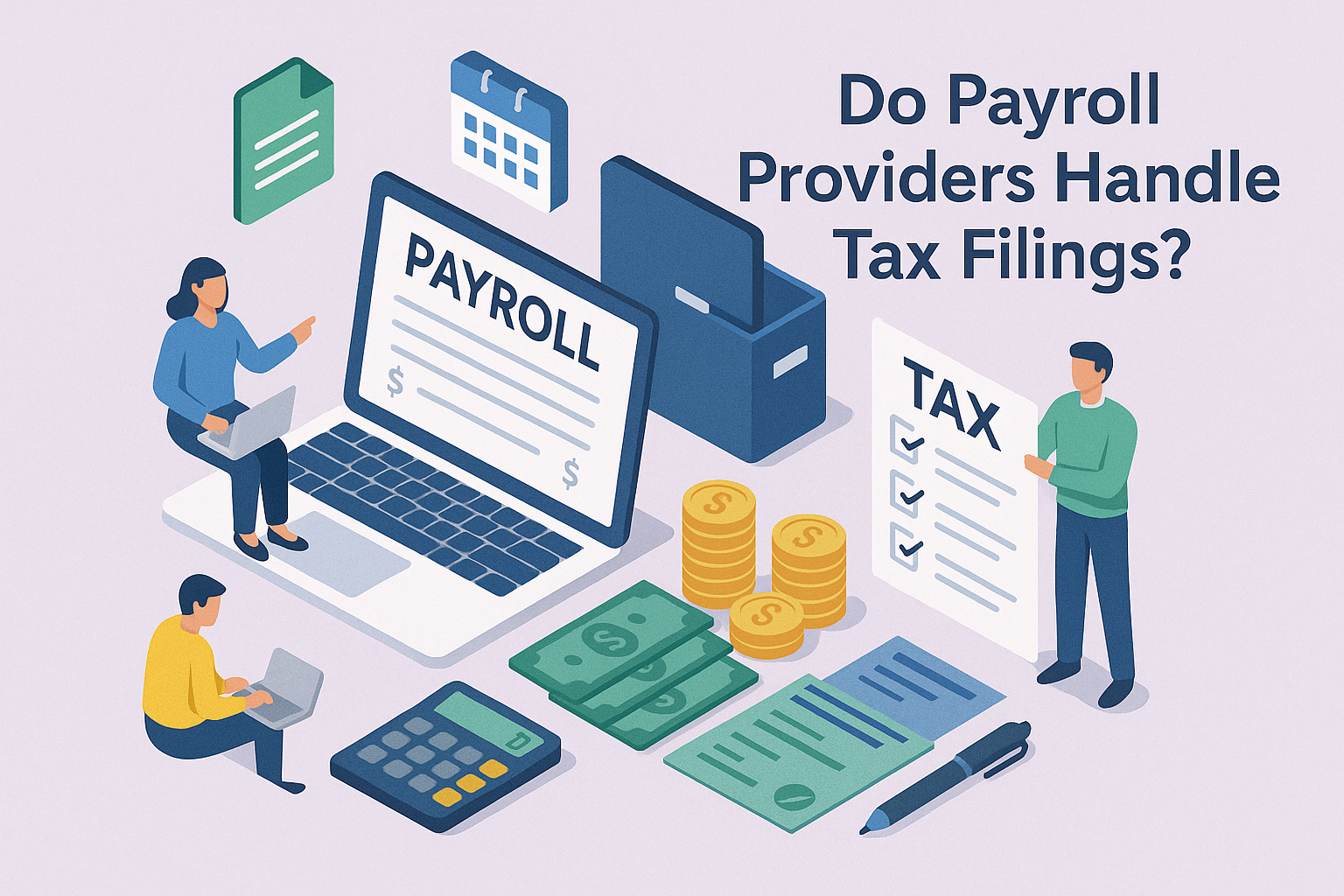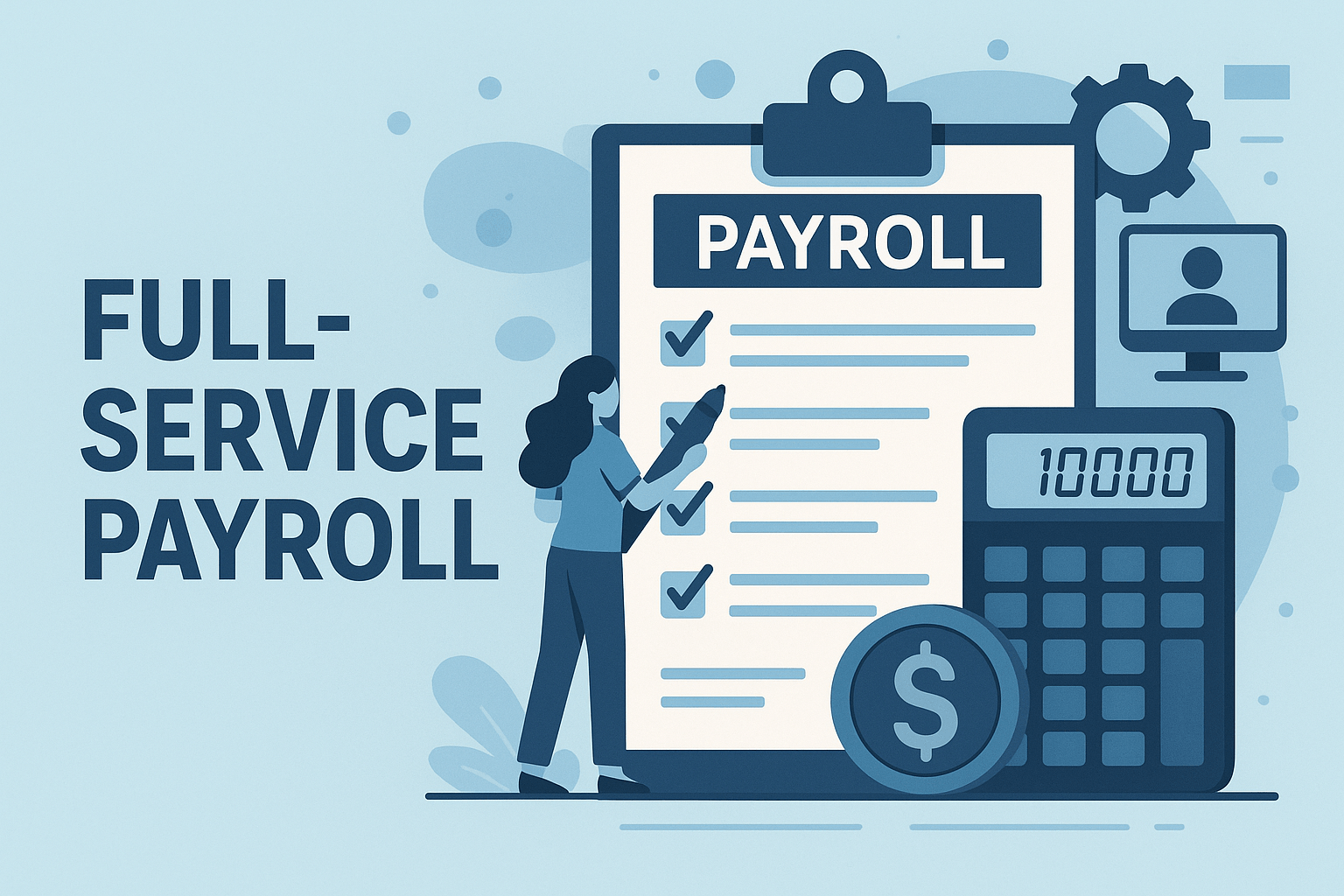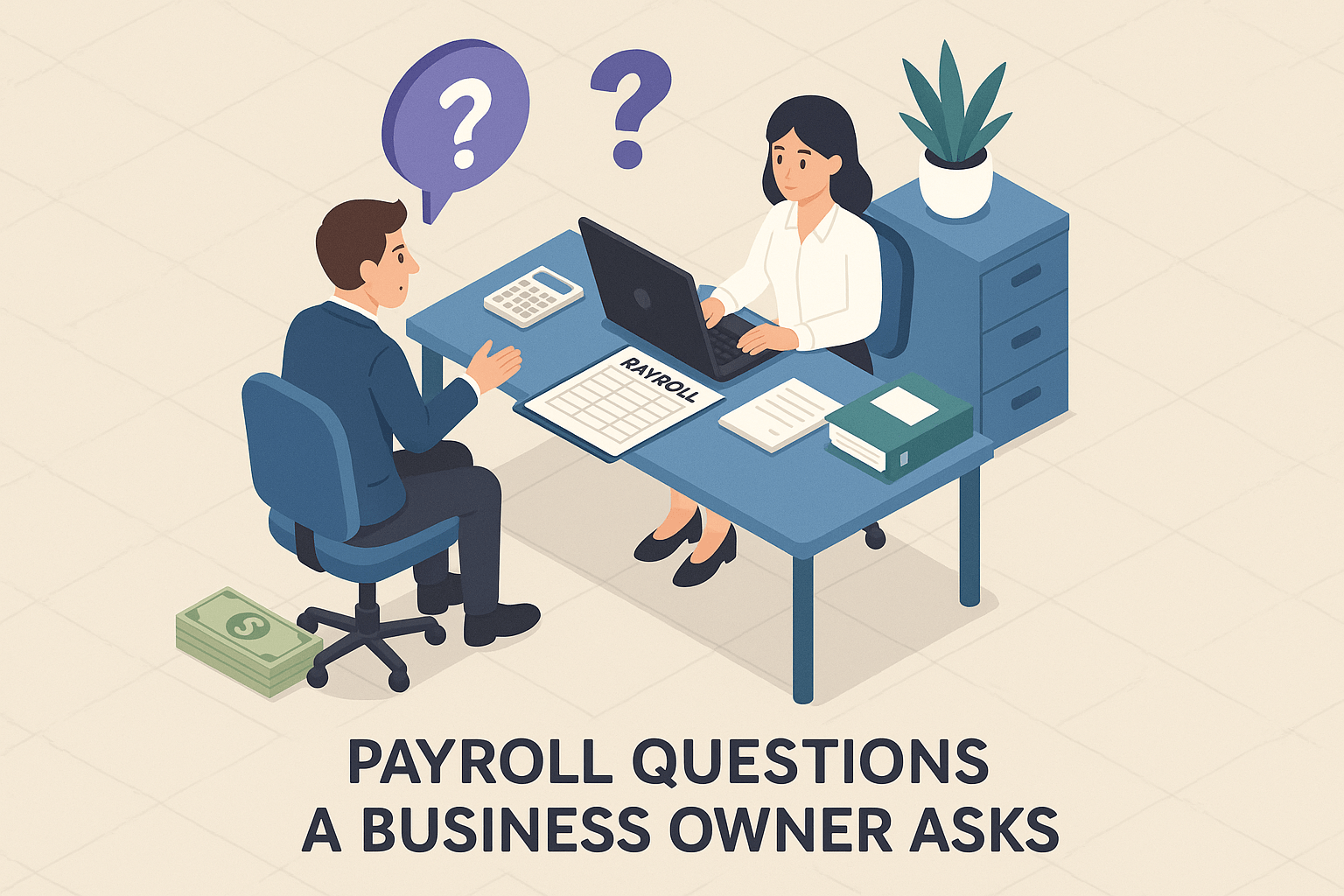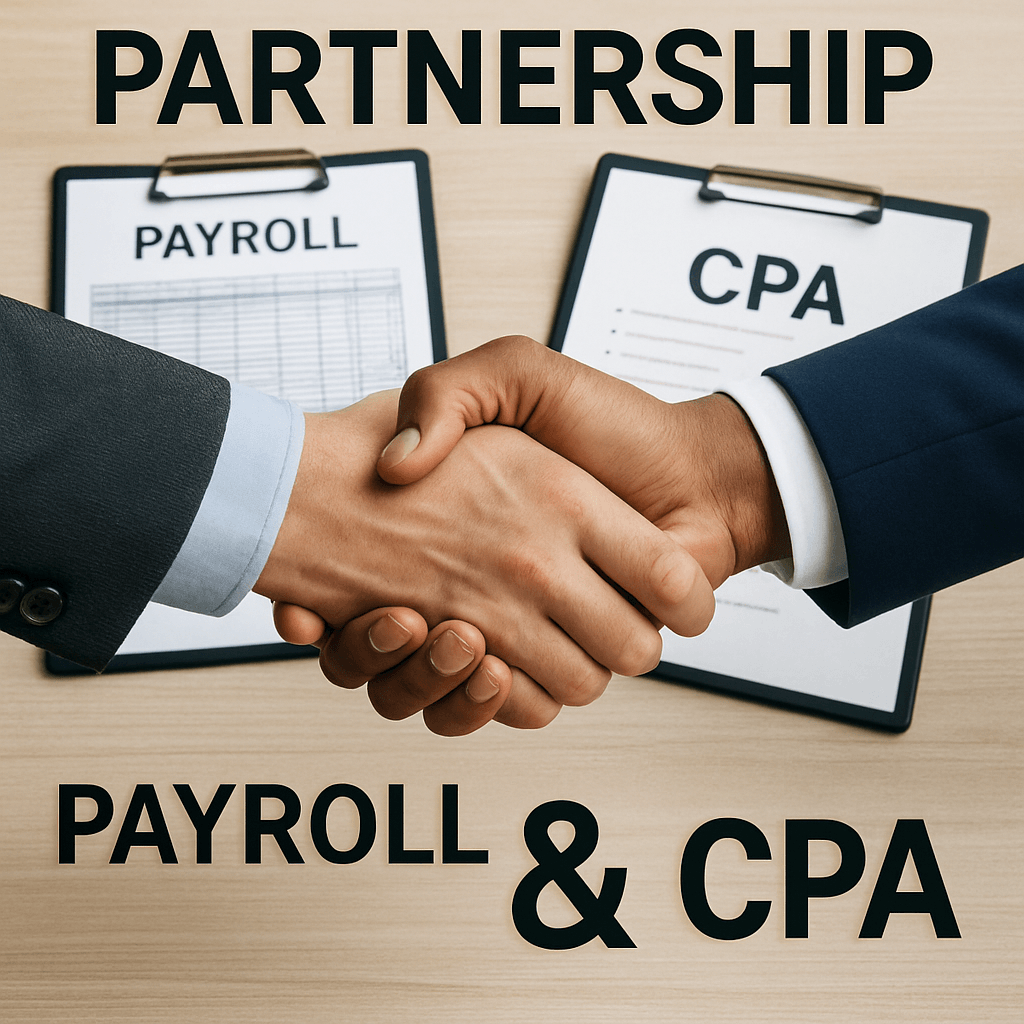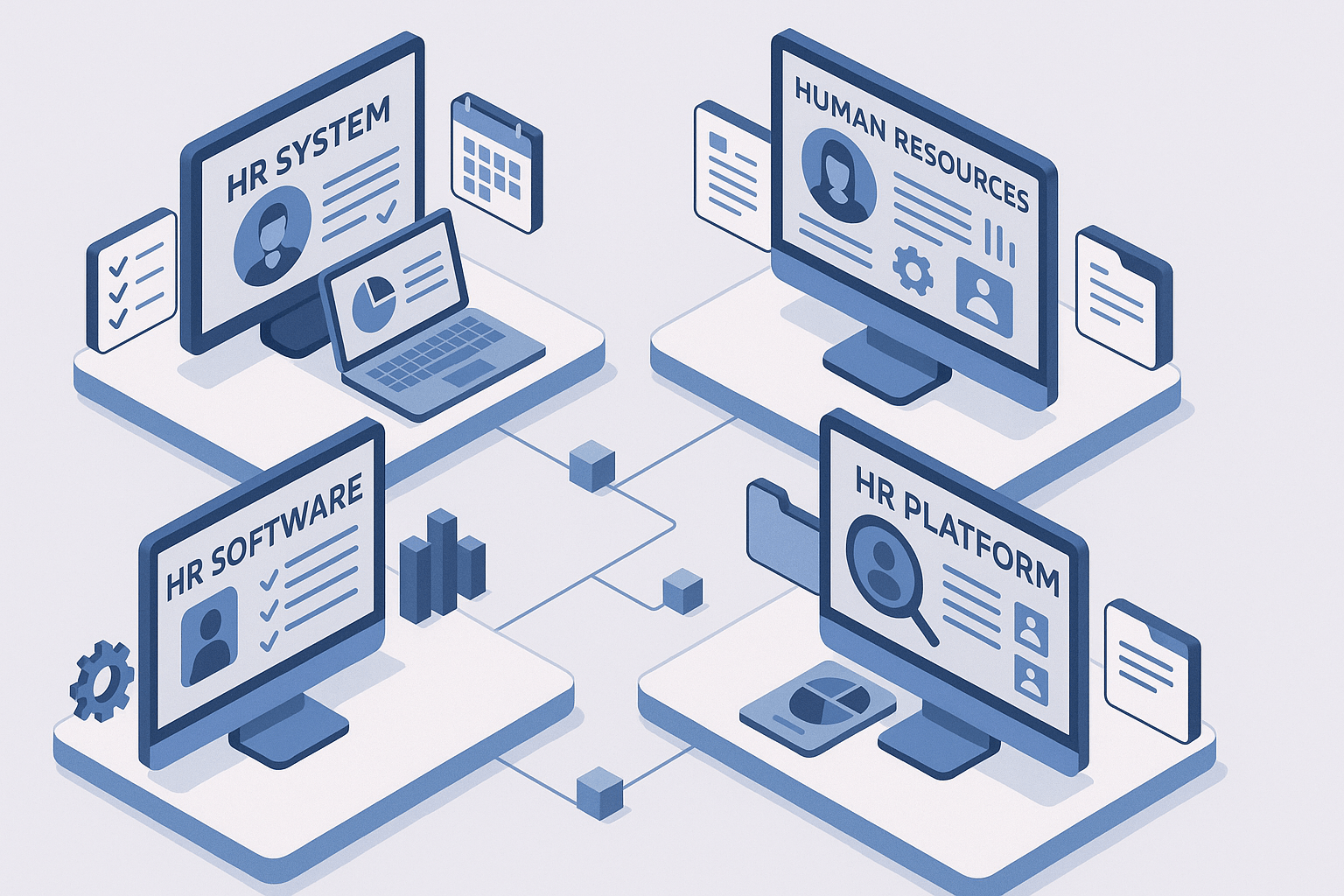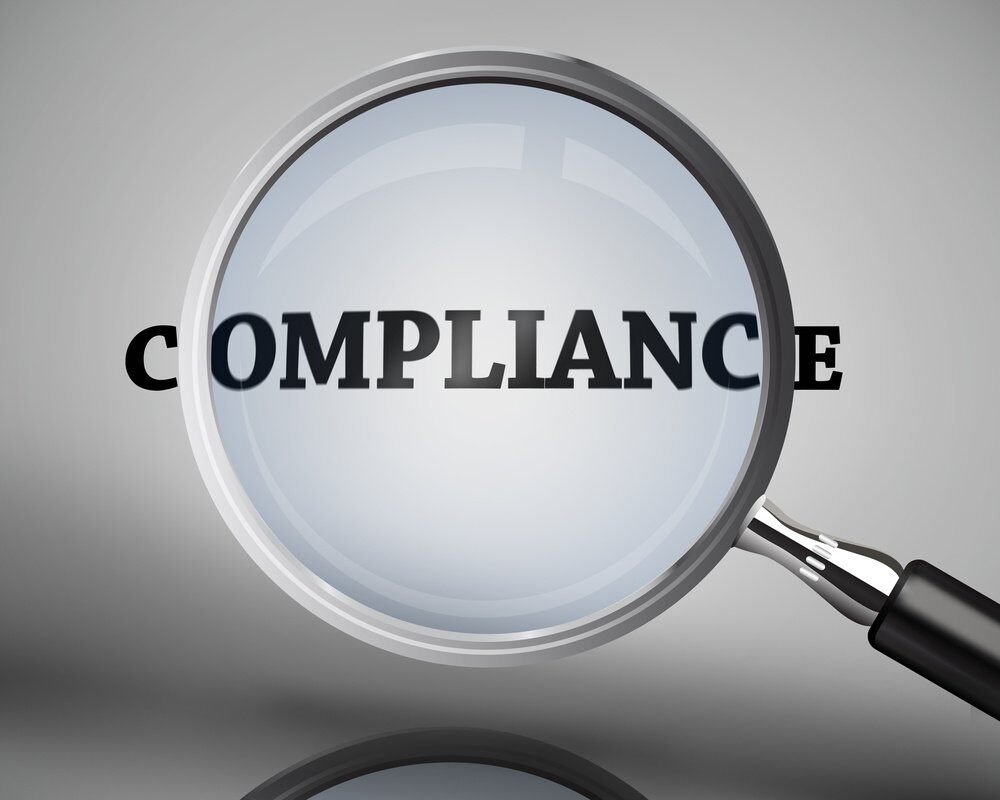
Managing payroll compliance can feel like an endless maze of regulations, classifications, and records. As a business owner, HR manager, or payroll administrator, you’re likely familiar with the stress of ensuring every pay period is accurate and lawful. Missteps can lead to costly fines and legal complications, making the stakes incredibly high.
At Lift HCM, we understand the complexities and pressures of managing payroll compliance. Navigating the ever-changing landscape of regulations can be daunting for any business, and it's easy to feel overwhelmed by the sheer volume of requirements. Ensuring that your company remains compliant is not just about avoiding fines but safeguarding your reputation and fostering trust with your employees.
We collaborate closely with businesses to tailor our services to their unique needs, gaining deep insights into their operations to provide effective solutions. Our years of experience and expertise enable us to simplify complex compliance issues into manageable steps and streamline payroll processes, allowing you to focus on running your business with peace of mind.
In this article, you'll discover five tips for keeping your payroll compliant, reducing stress, and safeguarding your business from mistakes. Here’s what we will cover:
Table of Contents
- Tip 1: Stay Informed on Payroll Regulations
- Tip 2: Classify Employees Correctly
- Tip 3: Maintain Accurate Records
- Tip 4: Automate Payroll Processes
- Tip 5: Conduct Regular Audits
- Manage Your Payroll Without Mistakes with Lift HCM
Tip 1: Stay Informed on Payroll Regulations
Staying informed on payroll regulations is crucial for maintaining compliance. Laws and regulations can change frequently, and missing an update can lead to costly mistakes.
Why is it important to be up to date with payroll regulations? Payroll regulations govern various aspects of employee compensation, including wage rates, tax withholding, overtime pay, and benefits. Non-compliance can cause penalties, fines, and even legal action. You can avoid these risks by staying informed and ensuring your payroll processes adhere to the latest standards.
Resources for Staying Informed
Government Websites: Regularly check official websites such as the IRS (Internal Revenue Service), Department of Labor, and state-specific labor departments. These sites often publish updates and provide resources to help you understand new regulations.
Industry Newsletters and Blogs: Subscribe to newsletters from reputable sources like Lift HCM, SHRM (Society for Human Resource Management), and other HR-related platforms. These newsletters often summarize significant changes in payroll laws and offer practical advice.
Professional Associations: Joining professional associations such as the Independent Payroll Provider Association (IPPA) can provide you with access to seminars, webinars, and conferences where experts discuss the latest payroll compliance trends and updates.
Payroll Software Updates: If you use payroll software, update it regularly. Most modern payroll systems include features that automatically incorporate regulatory changes, helping you stay compliant without additional effort.
Tip 2: Classify Employees Correctly
One of the most common payroll compliance issues businesses face is employee misclassification. Proper classification is essential to ensure that employees receive the correct pay and benefits and that your business adheres to tax and labor laws.
Differences Between Employee Types
Understanding the distinction between different types of workers is critical to proper classification. Below are the different employee type classifications.
- Employees: Typically, employees work under the control and direction of the employer. They are entitled to benefits such as minimum wage, overtime pay, and unemployment insurance.
- Independent Contractors: These workers operate under their control, offering services to businesses without being subjected to the same level of oversight as employees. Contractors are not entitled to employee benefits and are liable for taxes.
- Temporary or Seasonal Workers: These employees are hired for a specific period or project. Based on their length and tenure, they may receive limited benefits.
Legal Implications of Misclassification
Misclassifying employees as independent contractors or temporary workers can have severe legal and financial consequences. Some of the consequences include, but are not limited to:
- Penalties and Fines: Regulators like the IRS can impose significant fines on businesses that misclassify employees.
- Back Pay and Benefits: Misclassified employees may be entitled to back pay for overtime, benefits, and other compensations they were denied.
- Lawsuits: Employees can file lawsuits against your business, leading to costly legal battles and potential reputational damage.
Best Practices for Correct Classification
- Understand the Criteria: Understand the criteria used by regulators in classifying workers. For example, the IRS uses a 20-factor test to determine whether a worker is an employee or an independent contractor.
- Review Job Roles Regularly: Review job descriptions and roles to ensure they align with the correct classification criteria.
- Consult Legal Experts: When in doubt, consult a legal expert or a payroll consultant who can help you with complex classification issues.
Tip 3: Maintain Accurate Records
Maintaining accurate records is a fundamental aspect of payroll compliance. Proper documentation helps ensure your business can demonstrate compliance during audits and avoid disputes with employees or regulators.
Importance of Record-Keeping
Why is it important to maintain accurate record-keeping? Adhering to labor laws and tax regulations necessitates businesses to maintain detailed records of wages, hours worked, and deductions. Failure to do so could result in penalties. Well-organized records can streamline and expedite the audit process, minimizing the likelihood of facing fines and penalties.
Tools and Best Practices
Utilize payroll software that automates record-keeping and captures all necessary data accurately. Many payroll systems offer features that help you follow record-keeping requirements.
Implement time-tracking tools to ensure precise recording of hours worked. This is particularly important for non-exempt employees who are entitled to overtime pay.
Conduct internal audits regularly to verify the accuracy of your payroll records. This can help identify and correct errors before they become compliance issues.
Ensure that all payroll records are stored securely, digitally or physically, to protect sensitive employee information. It's crucial to comply with privacy regulations such as the Gramm-Leach-Bliley Act (GLBA), Occupational Safety and Health Administration (OSHA), Fair Credit Reporting Act (FCRA), Family and Medical Leave Act (FMLA), Health Insurance Portability and Accountability Act (HIPAA).
Establish and enforce consistent policies for record-keeping across your organization. This includes standardizing how and when records are updated and maintained.
By maintaining accurate and up-to-date payroll records, you can ensure compliance with regulations, be prepared for audits, and efficiently resolve payroll-related disputes.
Tip 4: Automate Payroll Processes
Automating payroll processes can significantly improve compliance and efficiency. Manual payroll processes are prone to human error, leading to compliance issues and costly mistakes.
Benefits of Automation
- Reduced Errors: Automated systems minimize the risk of errors in calculations, deductions, and tax filings, ensuring accuracy and compliance with payroll regulations.
- Time Savings: Automating repetitive tasks like data entry, tax calculations, and direct deposits frees up time for HR and payroll professionals to focus on more strategic activities.
- Real-Time Updates: Payroll software can automatically update tax rates and regulatory changes, ensuring that payroll processes follow the latest laws.
- Improved Record-Keeping: Automated systems maintain accurate and organized records, making it easier to retrieve information during audits or when resolving disputes.
Recommended Tools and Software
Payroll Software: Choose a comprehensive payroll software that integrates with your HR systems and offers features like automated tax calculations, direct deposit, and compliance reporting. Popular options include ADP, Gusto, and QuickBooks Payroll.
Time and Attendance Systems: Implement time-tracking tools that integrate with your payroll software. Tools like TSheets and Kronos help ensure accurate recording of hours worked and seamless data transfer to your payroll system.
HR Management Systems (HRMS): Using an HRMS like BambooHR or Workday can streamline payroll processes by consolidating employee data, benefits administration, and payroll functions into a single platform.
Tax Filing Services: Some payroll software providers offer automated tax filing services that handle federal, state, and local tax filings on your behalf, reducing the risk of late payments and penalties.
By automating your payroll processes, you can ensure greater accuracy, efficiency, and compliance, ultimately saving time and reducing the risk of costly errors.
Tip 5: Conduct Regular Audits
Regular audits of your payroll processes and records are essential for maintaining compliance and identifying potential issues before they become significant problems. Audits help ensure all payroll operations align with legal requirements and best practices.
Purpose of Audits
- Compliance Verification: Audits help verify that your payroll processes adhere to federal, state, and local regulations, reducing the risk of non-compliance penalties.
- Error Identification: Regular audits can uncover errors in payroll calculations, tax withholdings, and employee classifications, allowing you to correct them promptly.
How to Perform an Effective Audit
- Establish a regular audit schedule, whether quarterly, biannually, or annually. Consistency is critical to catching and addressing issues early.
- Verify that all employees are correctly classified as exempt or non-exempt, and ensure independent contractors are not misclassified as employees.
- Review payroll records for accuracy, including hours worked, wages paid, and deductions made. Ensure records are complete and match employee time sheets and contracts.
- Ensure all tax filings and payments are accurate and timely. Review federal, state, and local tax filings to confirm that correct amounts have been withheld and submitted.
- Assess your compliance with wage and hour laws, overtime regulations, and industry-specific requirements. Verify that all policies and procedures align with current laws.
📌 Pro Tip: Consider using payroll audit software or checklists to streamline the audit process. These tools help ensure you cover all necessary areas and maintain thorough documentation.
If you lack the internal resources or expertise to conduct thorough audits, consider hiring an external auditor or consultant. They can provide an objective assessment and recommendations for improvement.
\
Manage Your Payroll Without Mistakes with Lift HCM
Conducting regular payroll audits is a proactive approach to compliance. Identifying and addressing issues early can avoid penalties and ensure your payroll processes run smoothly and accurately.
Regular payroll audits allow you to catch errors before they escalate into major problems, reducing the risk of fines and legal complications. By systematically reviewing your payroll data, you can spot discrepancies, correct mistakes, and maintain accurate records.
Staying proactive about payroll compliance protects your business from unexpected setbacks and fosters a more organized and reliable workplace. Investing time in these best practices safeguards your business’s financial health and reinforces a positive company culture. Following these tips, you can confidently manage payroll operations and follow all relevant regulations.
When payroll is not compliant, it can cause significant headaches, disruptions, and financial penalties. As a trusted provider in the HR and payroll space, Lift HCM offers expert insights and practical solutions that help businesses avoid these costly pitfalls. Implementing the practices outlined in this article shows that maintaining payroll compliance is achievable and crucial for a smoother, more efficient business operation.
As a business leader, your primary focus is on growing your business. Diving into the complexities of payroll compliance can distract you from the bigger picture and your core business needs. If you're considering alternatives, outsourcing your payroll might be the solution. This approach allows you to entrust this critical task to experts, giving you the freedom to concentrate on strategic growth rather than administrative details.
Jason Noble is a seasoned expert in payroll and human capital management. With a wealth of experience in streamlining payroll processes and optimizing workforce management, Jason has successfully held key roles at leading organizations. His deep understanding of industry best practices ensures that his insights are both practical and authoritative.





